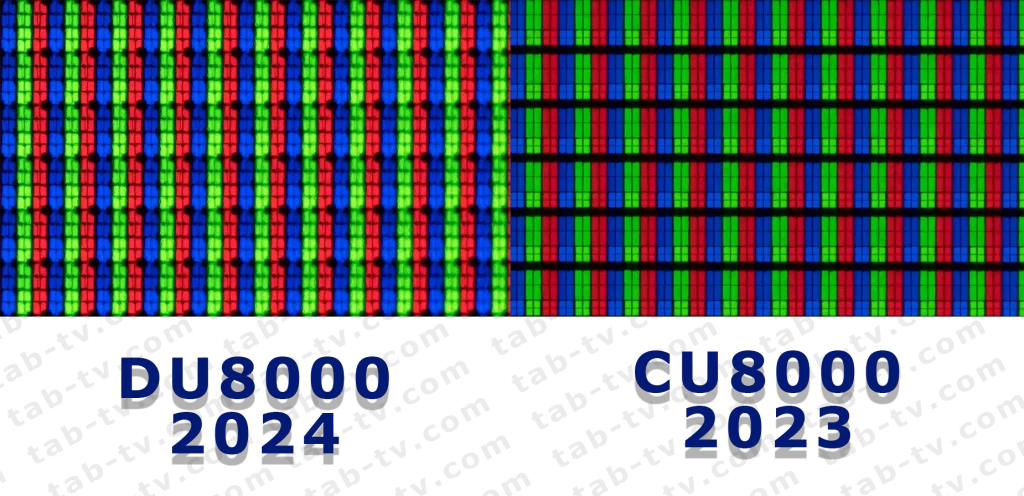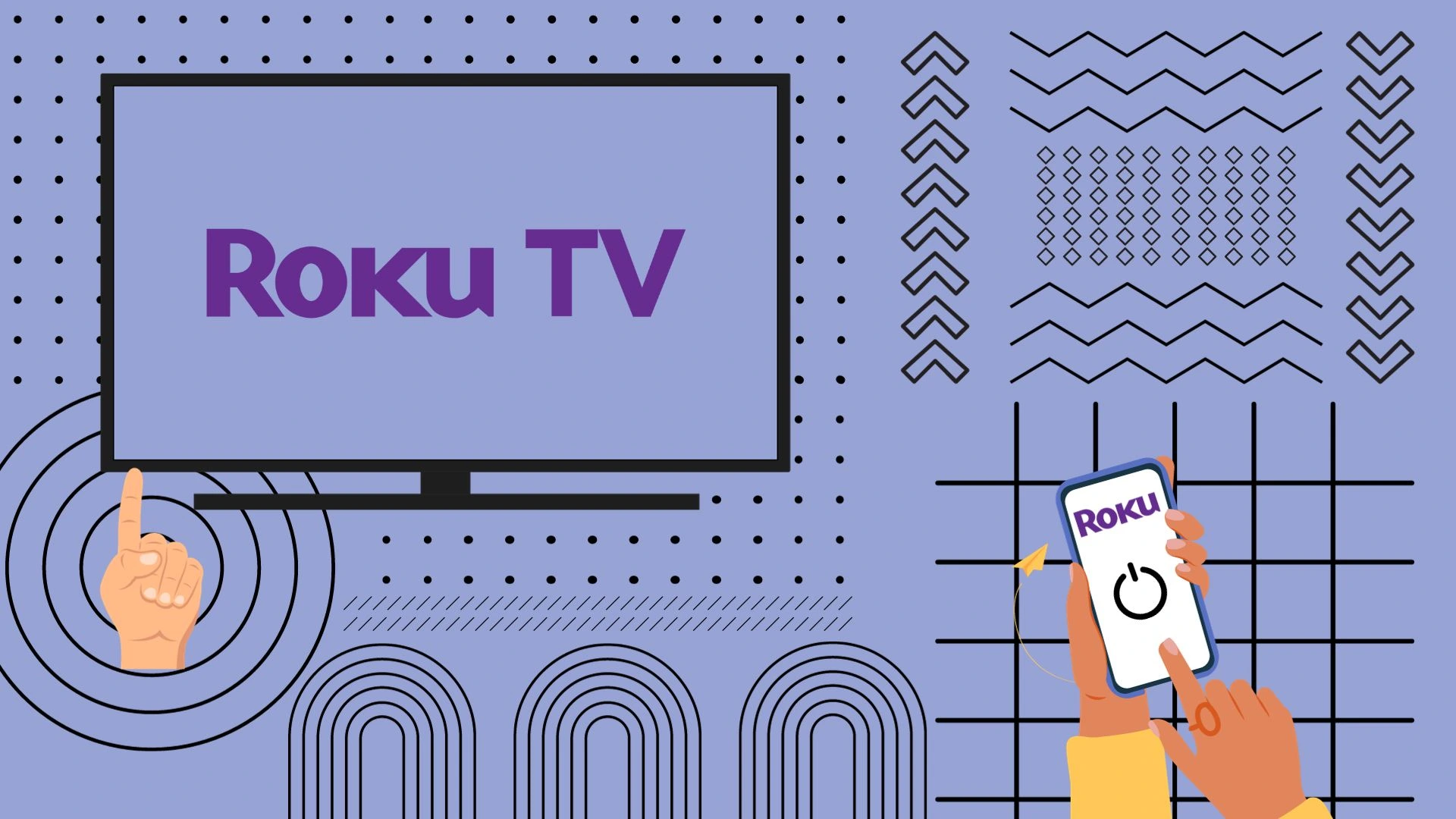The Samsung DU8000 series TV is a 2024 model that replaces the CU8000 2023 model. These TVs are part of the budget-friendly Crystal UHD series. Of course, if you are choosing which TV to buy, you need information about the differences between these TVs; I analyzed the specifications of these TVs and here’s how they differ. I had to update this article because the original specs provided on Samsung’s official website have been changed. Initially Samsung said that the DU8000 series TVs support 120Hz, but after a couple weeks the information on Samsung’s official website changed and now they say that the DU8000 series TVs support 60Hz.
Differences between CU8000 and DU8000
Samsung DU8000 is a TV from the Crystal UHD series; the 2024 model is the next version of the TV, replacing the CU8000. If we refer to Samsung’s developer website, we can find out the following information:
- The CU8000 model belongs to the Basic class of TVs, while the DU8000 model belongs to the Standard class. This indicates some changes in the qualification of TV sets. However, the fundamental differences are only in the support of a new version of the HLS streaming video downloader, which is not a significant improvement.
- Added support for VRR, support for variable refresh rate over HDMI, but given that the TV supports a maximum frequency of 60 Hz, there is no special sense in variable frequency.
- Among the software differences is the use of a new version of the Tizen 8.0 operating system. The updated OS has a number of improvements, the main feature of which is the ability to create multiple profiles for viewing the TV.

Available sizes for the CU8000 and DU8000 TVs

The CU8000 and DU8000 TV models are offered in six available sizes: 43, 50, 55, 65, 75 and 85 inches. Obviously, both models have the same dimensions in width, height and thickness, indicating that they utilize the same components. If you look at the back at the port placement, you can note the absolute identity. Samsung, the manufacturer of these TVs, no longer produces LED displays themselves, but purchases them from third-party suppliers. The design of the TVs is similar, only the shape of the stands differs. Therefore, when buying there is no point in focusing on the design or shape of the TV, from this point of view, the TVs are the same.
Overall impression of the DU8000 TV: is it worth buying?
Despite the new model, this TV remains a budget option; there is no local dimming; although this option is stated, the EDGE backlight technology itself cannot provide local dimming; the sound is mediocre, there is no subwoofer. This TV isn’t the best for gaming consoles, but it’s fine for watching video. If you’re choosing between the CU8000 and DU8000, pay attention to the cost of the TVs. New TV models are usually more expensive at the beginning of sales and gradually get cheaper, here’s a comparison table of the cost of TVs on the official Samsung website.
| model/size | 43 | 50 | 55 | 65 | 75 | 85 |
| CU8000 | $379,99 | $429,99 | $479,99 | $579,99 | $799,99 | $1 599,99 |
| DU8000 | $399,99 | $449,99 | $529,99 | $649,99 | $999,99 | $1 699,99 |
| 43″ UN43DU8000FXZA | 43″ UN43CU8000FXZA | ||
| 50″ UN50DU8000FXZA | 50″ UN50CU8000FXZA | ||
| 55″ UN55DU8000FXZA | 55″ UN55CU8000FXZA | ||
| 65″ UN65DU8000FXZA | 65″ UN65CU8000FXZA | ||
| 75″ UN75DU8000FXZA | 75″ UN75CU8000FXZA | ||
| 85″ UN85DU8000FXZA | 85″ UN85CU8000FXZA |
Thus, the cost of new TV models is slightly higher, but this is not due to the technical component, but to marketing. Given the slight differences in technical specifications, as well as almost the same price, there is not much difference which TV model you decide to buy; The choice will be determined by only two factors, a lower price and the desire to purchase a newer TV. Many buyers will prefer a newer TV model.
Image quality of DU8000 and CU8000

If we evaluate the image quality, we can notice some differences. The DU8000 has better contrast and black uniformity, so the black color is a little deeper in dark scenes. Also, the DU8000 has a much better response time, so there is less blur when moving quickly. All these improvements over the 2023 model are due to the use of a different manufacturer’s screen, you can see this by the shape of the pixels, which are different. But you should know that since many manufacturers’ screens are installed in TVs, it is possible that this situation is just a special case and does not apply to all TVs.




